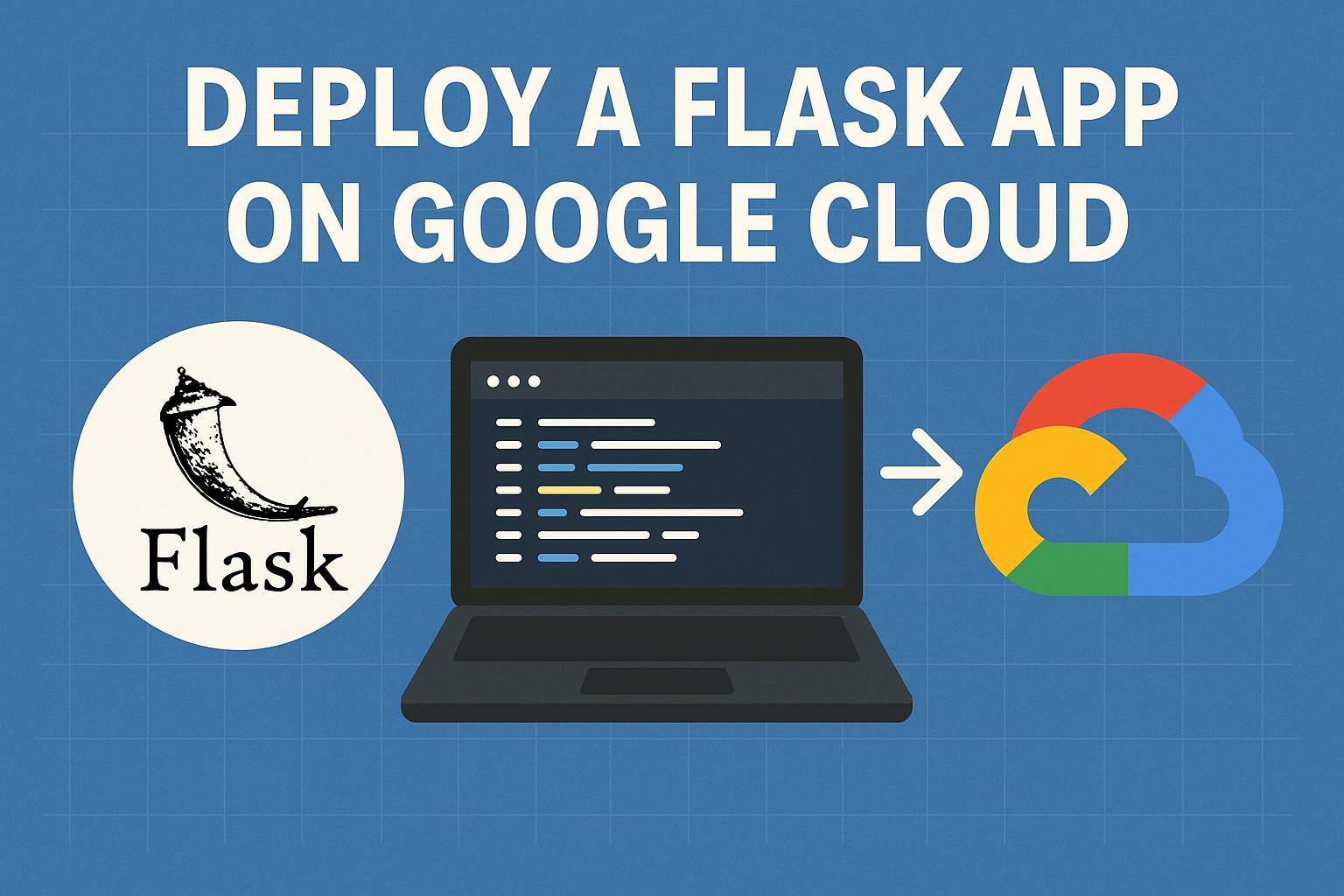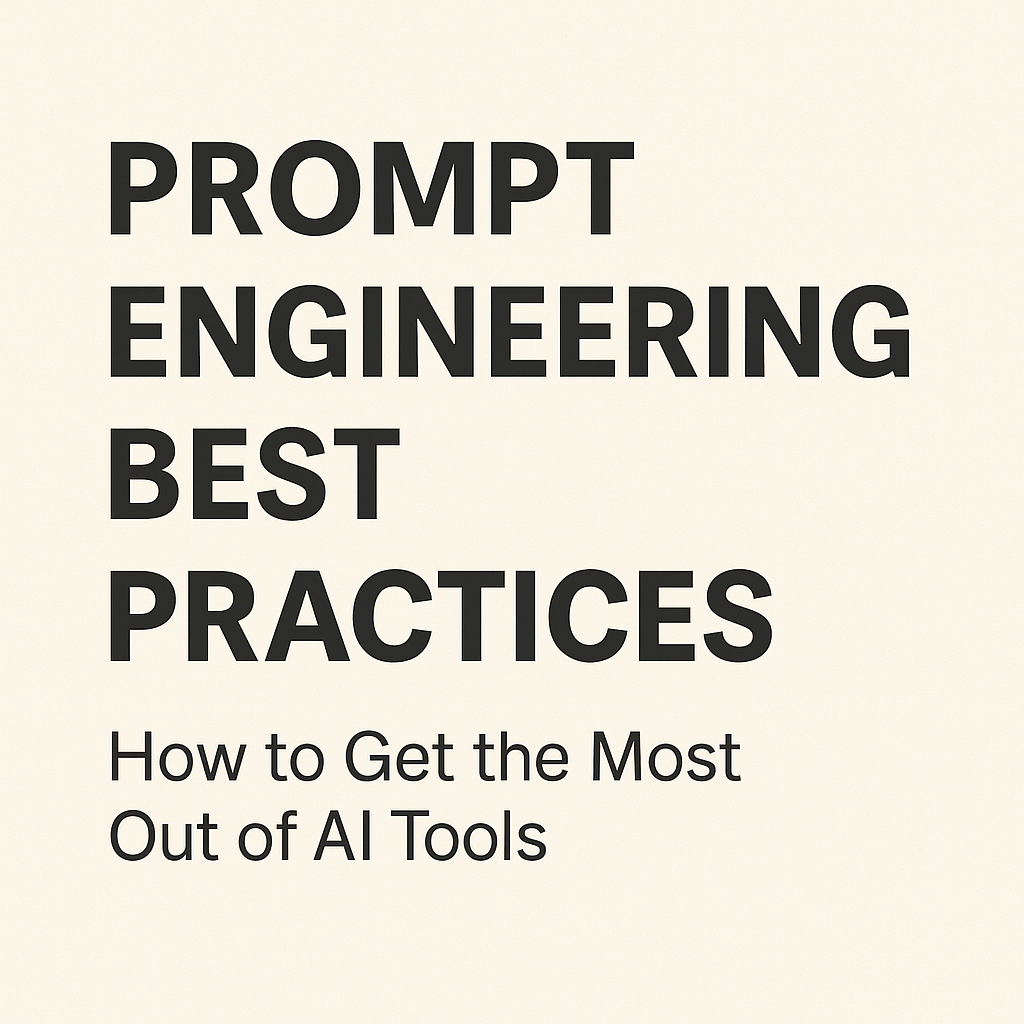
🚀 How to Deploy a Flask App on Google Cloud for Free (with SSL, CI/CD & Monitoring)
🔥 Why Deploy a Flask App on Google Cloud? If you’re looking to deploy a Flask app on Google Cloud in a secure, scalable, and cost-efficient way — this guide is your one-stop resource. Whether you’re building a startup MVP or launching a side project, you’ll learn how to: And yes — it costs you…














